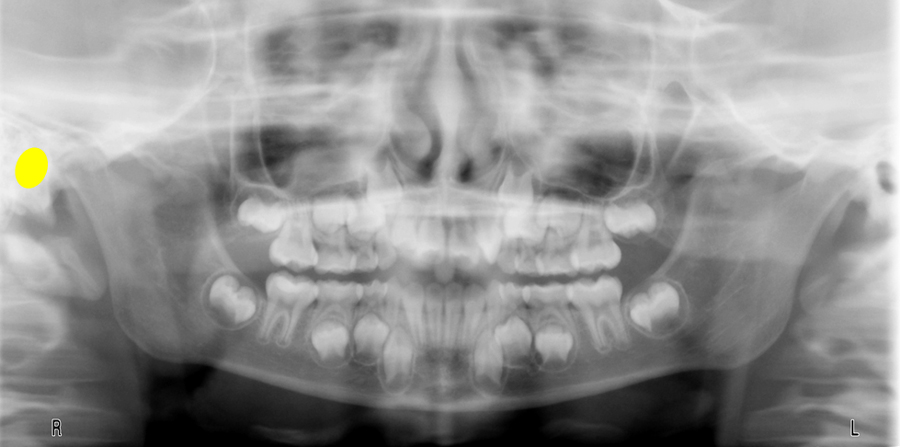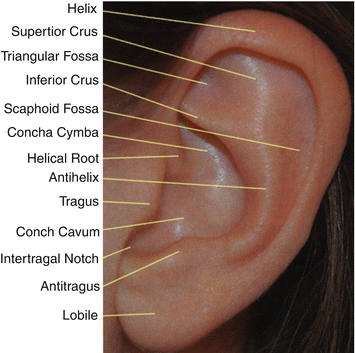
The rounded and smooth canal is on average 8.5mm (5.5 to 10.mm) in length and about 4mm in diameter. It is lined by dura and filled with spinal fluid. The canal runs through the petrous segment of the temporal bone, which is located between the inner ear and posterior cranial fossa. doi:10.The internal auditory canal begins in the temporal bone within the cranial cavity at an oval-shaped opening called the porus acusticus internus. Zhang W, Xu L, Luo T, Wu F, Zhao B, Li X. Journal of Neurology, Neurosurgery & Psychiatry. Bell's Palsy: Aetiology, Clinical Features and Multidisciplinary Care. Eviston TJ, Croxson GR, Kennedy PGE, Hadlock T, Krishnan AV. Sung Hwa Dong, Ah Ra Jung, Junyang Jung, Su Young Jung, Jae Yong Byun, Moon Suh Park, Sang Hoon Kim, Seung Geun Yeo.
#Internal auditory canal segments free#
doi:10.12659/MSM.889876 - Free text at pubmed - Pubmed citation The neurologist's dilemma: a comprehensive clinical review of Bell's palsy, with emphasis on current management trends. Facial nerve enhancement in Gd-MRI in patients with Bell's palsy. AJNR Am J Neuroradiol (abstract) - Pubmed citation Intensity of MR contrast enhancement does not correspond to clinical and electroneurographic findings in acute inflammatory facial nerve palsy. Sartoretti-Schefer S, Brändle P, Wichmann W et-al. Contrast-enhanced MR imaging of the facial nerve in 11 patients with Bell's palsy. focal enhancement in the most lateral aspect of the internal auditory meatus is probably the most useful feature and has been proposed as a marker of severity and prognosis.care should be taken not to mistake normal facial nerve enhancement on MRI for that seen in Bell palsy.It is named after Sir Charles Bell (1774-1842), a Scottish anatomist, surgeon, and physiologist, who described it in 1821 3. risk of corneal ulceration (without eye care).

#Internal auditory canal segments full#
Prognosis is generally good, with 70-90% of patients making a full recovery, especially if corticosteroids were used 12. There is no role for empiric antiviral treatment 12. Additionally, eye care should also be sought, with use of eye drops (artificial tears) and ointments, and taping down eyes shut, to protect the cornea 12. Importantly, nodularity should raise suspicion of a neoplastic cause and a careful search for remote areas of leptomeningeal enhancement performed.Ĭorticosteroids are the mainstay of treatment, to be started within 72 hours of symptom onset 12. The mastoid and extratemporal segments are less frequently involved. The facial nerve on either side of the geniculate ganglion is most frequently involved, from the distal internal auditory canal to the distal tympanic segment. It is also essential to appreciate the normal pattern of facial nerve enhancement, that include the geniculate ganglion and mastoid segments. However, enhancement of the nerve is not seen in all patients, reported variably between 57-100%. In Bell palsy, long segments of the facial nerve enhance in a uniformly linear fashion, more intensely than the contralateral non-affected side.



 0 kommentar(er)
0 kommentar(er)
